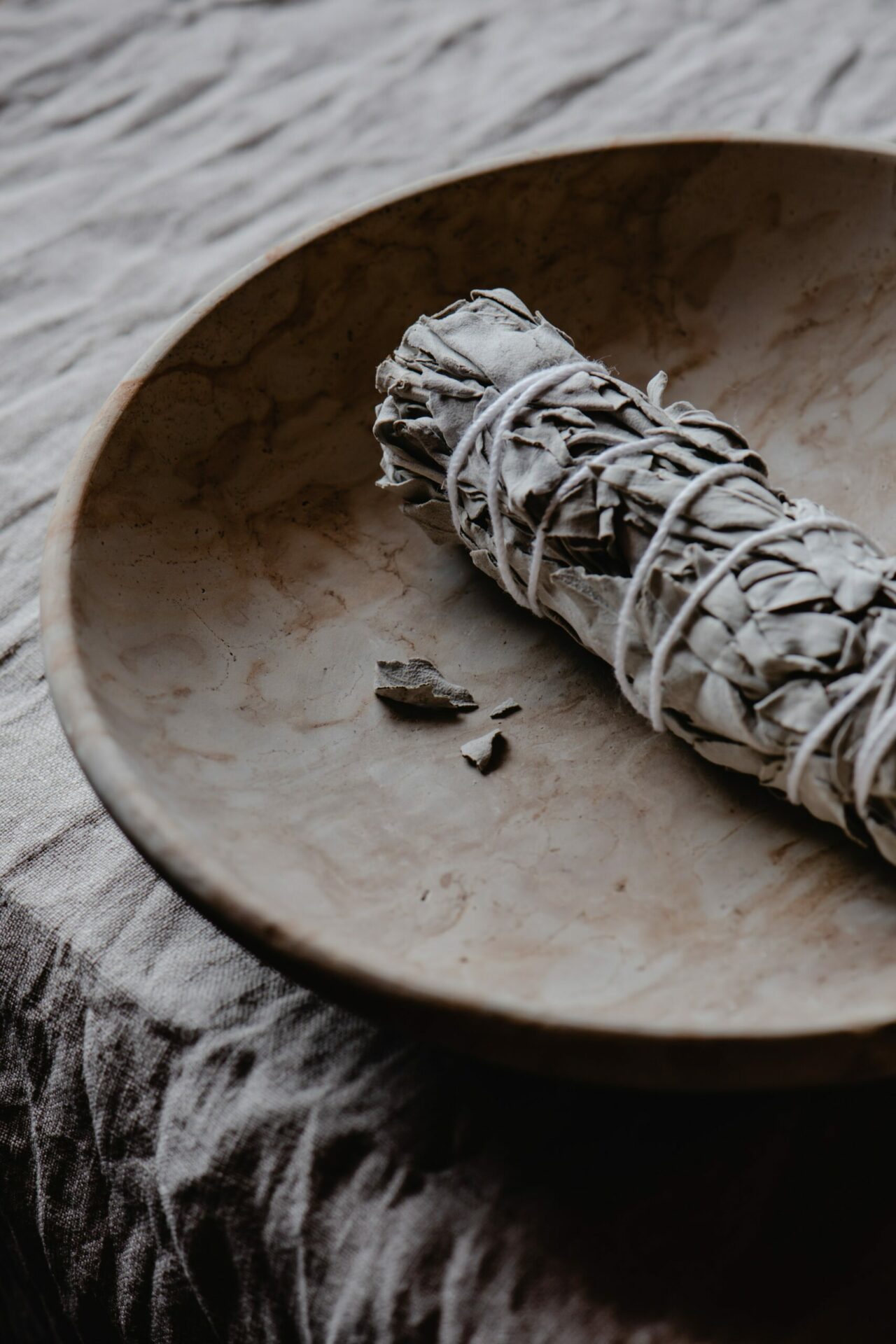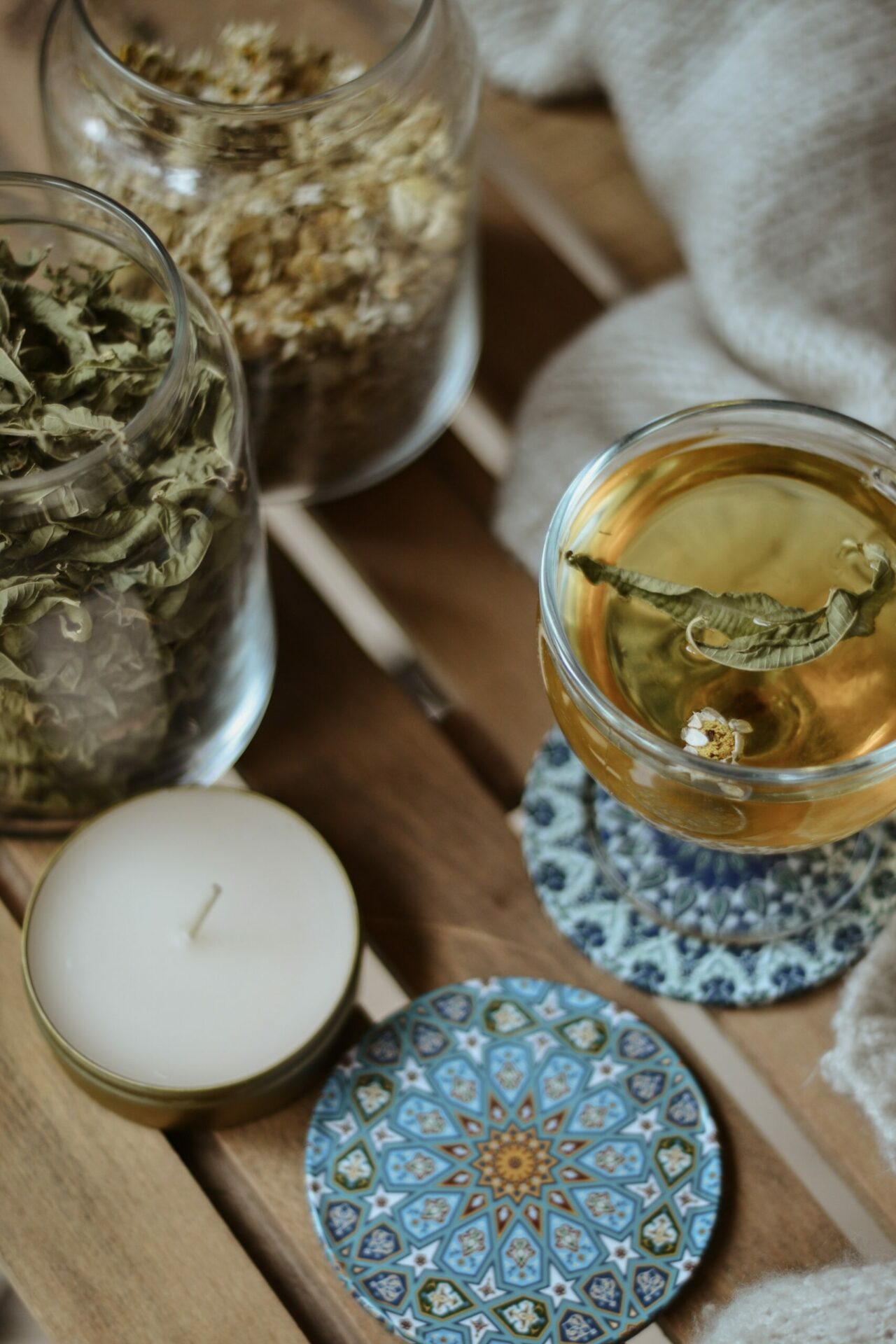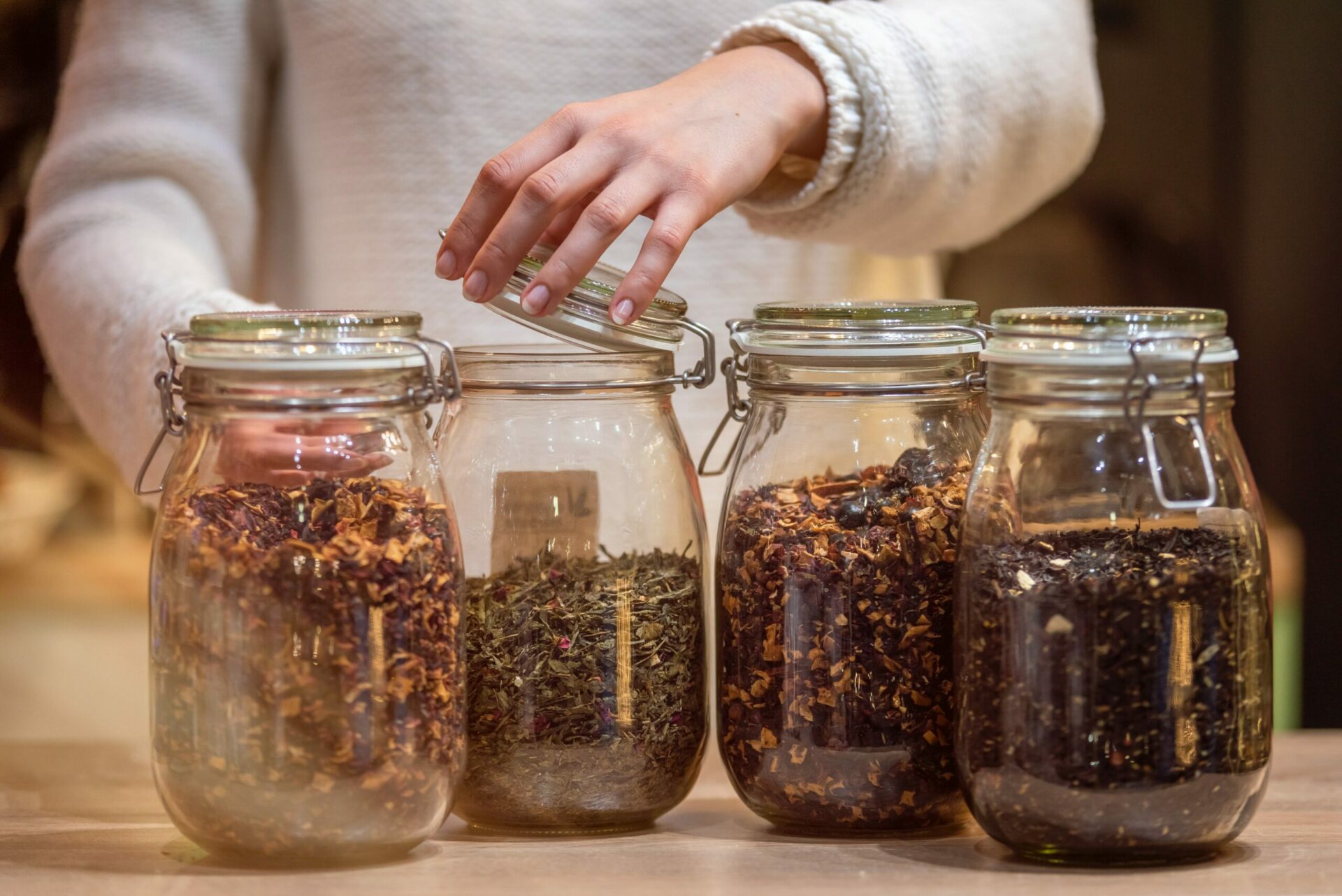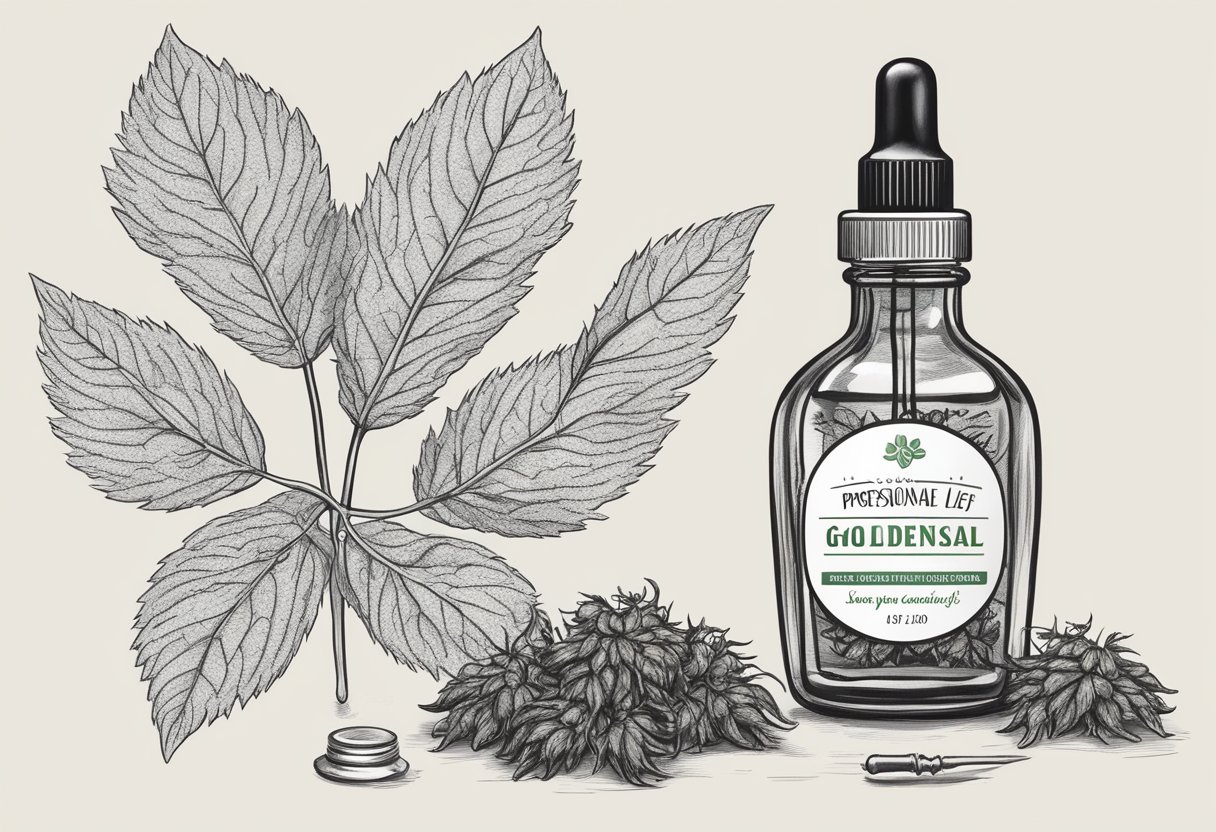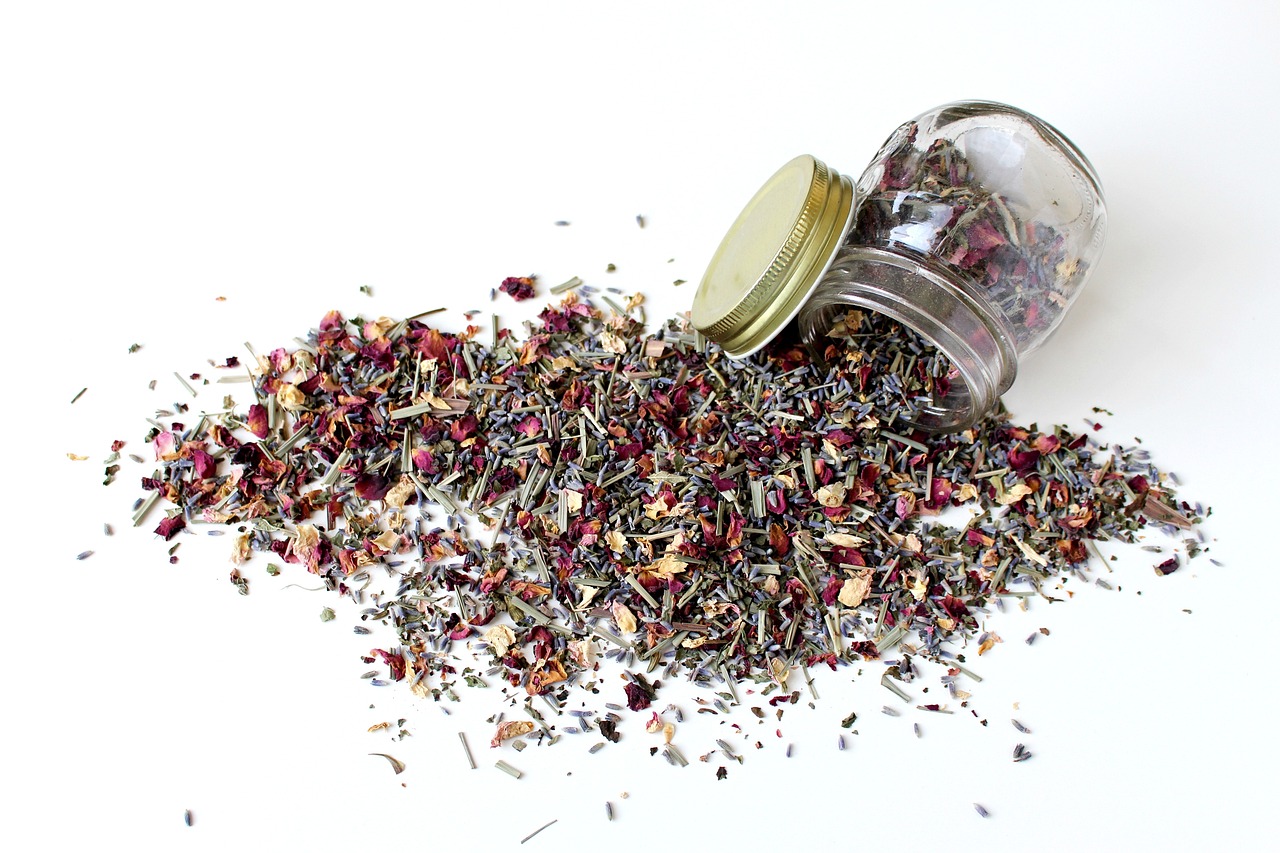A Comprehensive Guide to Choosing the Right Ones
Smudging is an ancient practice that has been used by many cultures around the world for centuries. It is a ritual that involves burning herbs to cleanse and purify a space or person. Smudging is believed to clear negative energy and promote positive energy, making it a popular practice for those seeking spiritual and emotional healing.
Disclaimer: This article is provided for informational purposes only and should not replace professional medical advice. Please consult with a qualified healthcare practitioner or herbalist before using any herbal remedies.
One of the most important aspects of smudging is choosing the right herbs for smudge sticks. There are many different herbs that can be used in smudge sticks, each with their own unique properties and benefits. Some of the most commonly used herbs include sage, sweetgrass, lavender, and cedar. Each of these herbs has a different scent and energy, making them ideal for different purposes.
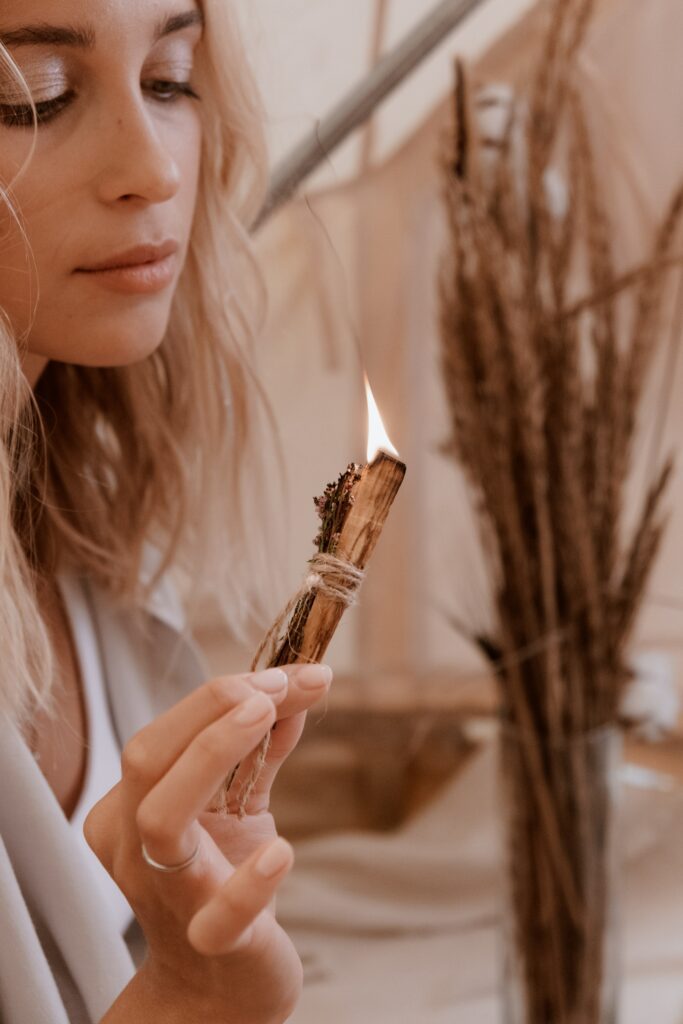
When making a smudge stick, it is important to use sustainably and ethically grown and harvested herbs. This ensures that the practice is respectful to the plants and the environment. In this article, we will explore some of the best herbs to use for smudge sticks and how to make them. Whether you are a seasoned smudger or new to the practice, this article will provide you with the knowledge you need to create a powerful and effective smudge stick.
The Science of Smudging
Smudging is an ancient practice that has been used for thousands of years by many cultures around the world. It involves burning herbs and allowing the smoke to waft through a space to cleanse and purify it. While there is limited scientific research on the effects of smudging, some studies suggest that it may have benefits for mental and physical health.
One study published in the Journal of Ethnopharmacology found that burning sage, a commonly used herb in smudging, can help clear the air of harmful bacteria. Another study published in the Journal of Alternative and Complementary Medicine found that smudging with sage can help improve mood and reduce stress levels.
While the scientific evidence is limited, many people who practice smudging believe that it can help clear negative energy and promote a sense of calm and well-being. Some herbs commonly used in smudging, such as lavender and chamomile, have been shown to have relaxing and calming effects on the body.
It is important to note that smudging should not be used as a replacement for medical treatment or therapy. It is also important to use sustainably and ethically sourced herbs for smudging to honor the plants and ensure their continued availability for future generations.
Sacred History of Smudging
Smudging is an ancient practice that has been used for centuries by indigenous peoples of North America and other cultures around the world. The practice involves using the smoke from burning herbs, such as sage, to cleanse and purify negative or stagnant energy from people, spaces, and objects.
The use of smudging has been passed down through generations and is deeply rooted in spiritual and cultural traditions. Native elders teach that the smoke created by smudging connects our physical plane to the realm of the sacred, and opens a portal to the world of subtle spiritual energies.
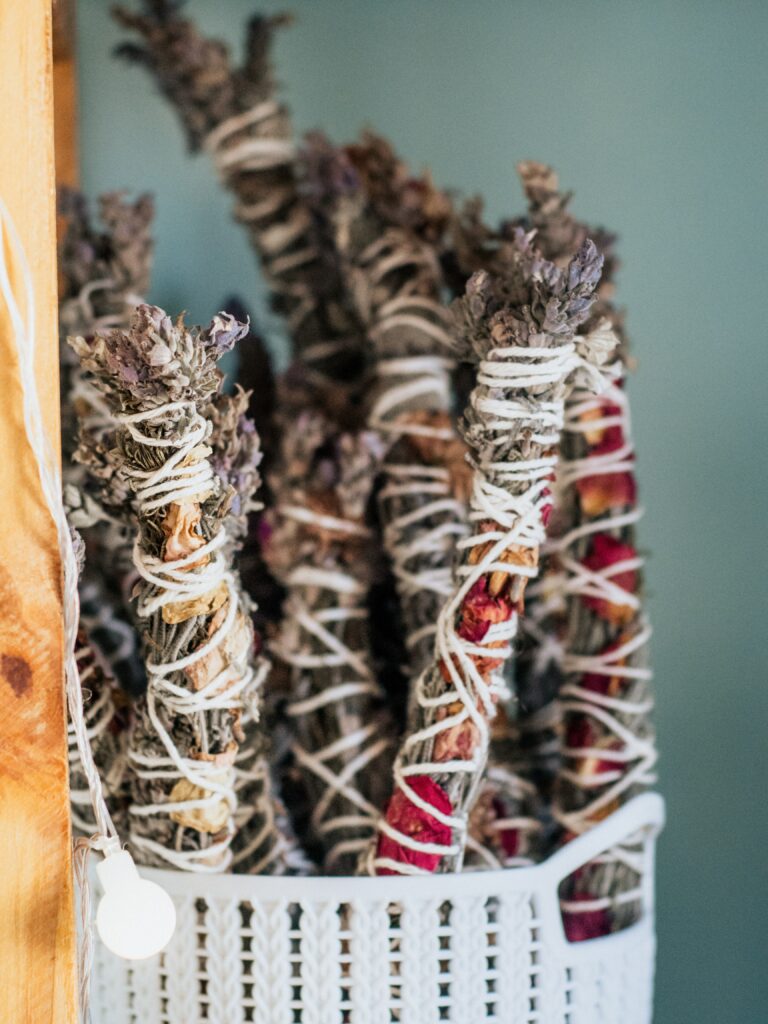
According to various sources, the term “smudging” is based on a Native American practice known as the Sacred Smoke Bowl Blessing, with smudging being its common name. The ceremony involves the burning of a smudge stick, which is a bundle of dried herbs, most commonly white sage.
In addition to sage, other herbs such as cedar, sweetgrass, and lavender may also be used in smudging. Each herb has its own unique properties and is used for different purposes. For example, cedar is believed to purify and protect, while sweetgrass is used for healing and attracting positive energy.
Herbs to Grow for Smudge Sticks
When it comes to making smudge sticks, growing your own herbs can be a great way to ensure that you have a fresh supply of the herbs that you need. Here are some herbs that are commonly used in smudge sticks that can be grown in your own garden:
Sage Smudge Stick
Sage is one of the most commonly used herbs in smudge sticks. It is believed to have cleansing properties and can be used to clear negative energy from a space. Sage is a hardy perennial herb that is easy to grow in most gardens. It prefers full sun and well-drained soil. Sage can be harvested in the summer and dried for later use in smudge sticks.
Juniper Smudge Stick
Juniper is another popular herb used in smudge sticks. It is believed to have protective properties and can be used to ward off negative energy. Juniper is a hardy evergreen shrub that prefers full sun and well-drained soil. It can be harvested in the fall and dried for later use in smudge sticks.
Rose Smudge Stick
Rose is a fragrant herb that is often used in smudge sticks for its calming properties. It is believed to promote love and relaxation. Roses are easy to grow in most gardens and prefer full sun and well-drained soil. The petals can be harvested in the summer and dried for later use in smudge sticks.
Lavender Smudge Stick

Lavender is a popular herb that is often used in smudge sticks for its calming properties. It is believed to promote relaxation and sleep. Lavender is a hardy perennial herb that is easy to grow in most gardens. It prefers full sun and well-drained soil. Lavender can be harvested in the summer and dried for later use in smudge sticks.
Sweetgrass Smudge Stick
Sweetgrass is a fragrant herb that is often used in smudge sticks for its calming properties. It is believed to promote peace and harmony. Sweetgrass is a hardy perennial grass that is easy to grow in most gardens. It prefers full sun and moist soil. Sweetgrass can be harvested in the summer and dried for later use in smudge sticks.
Mugwort Smudge Stick
Mugwort is a fragrant herb that is often used in smudge sticks for its cleansing properties. It is believed to promote clarity and focus. Mugwort is a hardy perennial herb that is easy to grow in most gardens. It prefers full sun and well-drained soil. Mugwort can be harvested in the summer and dried for later use in smudge sticks.
Resins and Woods
Frankincense Resin Smudge
Frankincense resin has been used for centuries in religious and spiritual ceremonies. When burned, it produces a rich, earthy aroma that is said to promote relaxation and calmness. Frankincense is a great addition to any smudge stick, as it can help to purify the air and promote a sense of peace and tranquility.
To make a frankincense smudge stick, simply mix the resin with other herbs and wrap them in a bundle. You can also purchase pre-made frankincense smudge sticks from many spiritual shops and online retailers.
Myrrh Resin Smudge
Myrrh resin is another popular ingredient in smudge sticks. It has a sweet, woody aroma that is said to promote healing and purification. Myrrh is often used in spiritual ceremonies to cleanse the air and promote positive energy.
To make a myrrh smudge stick, mix the resin with other herbs and wrap them in a bundle. You can also purchase pre-made myrrh smudge sticks from many spiritual shops and online retailers.
Cedar Smudge Stick
Cedar is a popular ingredient in smudge sticks, as it is said to have protective and cleansing properties. It has a sweet, woodsy aroma that is great for promoting relaxation and reducing stress.
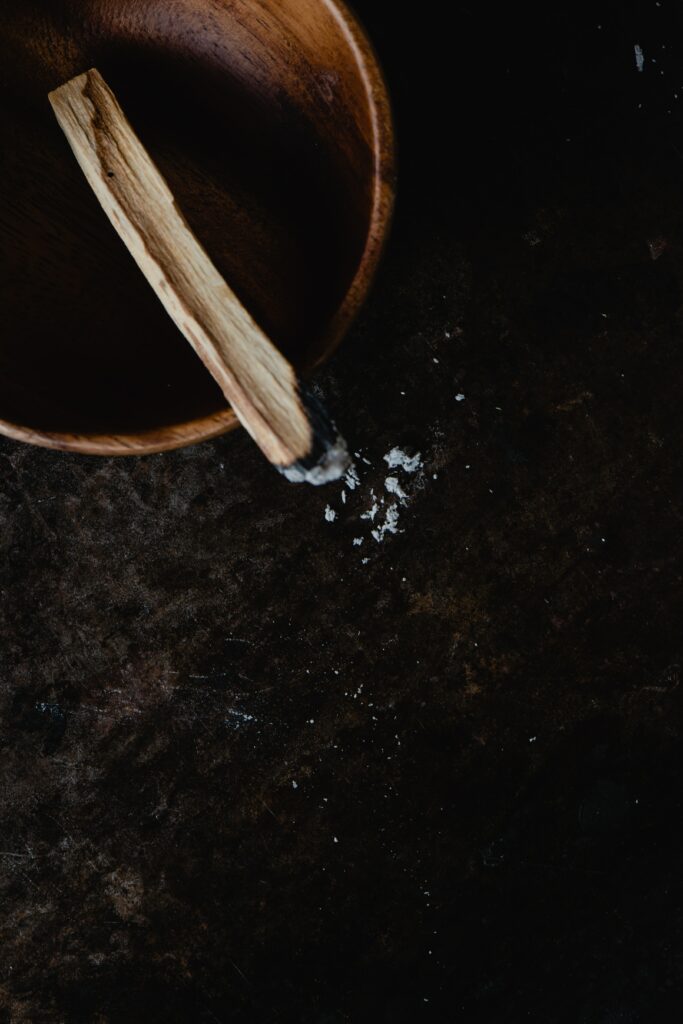
To make a cedar smudge stick, simply gather cedar leaves and wrap them in a bundle. You can also purchase pre-made cedar smudge sticks from many spiritual shops and online retailers.
Palo Santo Smudge Stick
Palo Santo is a type of wood that is often used in spiritual ceremonies. It has a sweet, woody aroma that is said to promote relaxation and positive energy. Palo Santo is often used to cleanse the air and promote a sense of peace and tranquility.
To make a Palo Santo smudge stick, gather Palo Santo wood and wrap it in a bundle. You can also purchase pre-made Palo Santo smudge sticks from many spiritual shops and online retailers.
How to Wrap Your Smudge Stick
Wrapping your smudge stick properly is essential to ensure it burns evenly and for the desired amount of time. Here are some steps to follow:
- Start by selecting the herbs you want to use for your smudge stick. You can use a single herb or a combination of different herbs.
- Next, gather the herbs into a tight bundle. Make sure they are all facing the same direction.
- Take a length of twine or string and tie it tightly around the base of the bundle.
- Begin wrapping the twine around the herbs, moving up the bundle in a spiral pattern. Make sure each wrap is tight and secure.
- When you reach the top of the bundle, wrap the twine a few times around the herbs to secure them in place.
- Then, begin wrapping the twine back down the bundle in a spiral pattern, making sure each wrap is tight and secure.
- When you reach the base of the bundle, tie the twine tightly to secure the herbs in place.
- Trim any excess twine or stems from the bottom of the smudge stick.
- Your smudge stick is now ready to use!
Remember to always use caution when burning your smudge stick. Keep it away from flammable objects and never leave it unattended while burning.
Experiment with different herbs and wrapping techniques to create unique smudge sticks that suit your needs and preferences.
Conclusion
Smudging has been used for centuries by various cultures around the world as a way to cleanse negative energy, promote healing, and bring about a sense of calm and clarity.
When it comes to choosing herbs for your homemade smudge sticks, there are a variety of options to consider. Sage is the most commonly used herb and is known for its ability to cleanse and purify. Other herbs, such as sweetgrass, lavender, and rosemary, can also be used to promote relaxation and peace.
It is important to source herbs sustainably and ethically to honor the plants and their healing properties. Consider growing your own herbs or purchasing from reputable sources.
When making smudge sticks, be mindful of the materials and tools you are using. Use natural materials, such as cotton string or twine, and avoid synthetic materials that can release harmful chemicals when burned.
Overall, smudging can be a powerful tool for promoting well-being and positive energy in your home or space. By choosing the right herbs and materials, you can create a personalized smudge stick that is both effective and meaningful.

